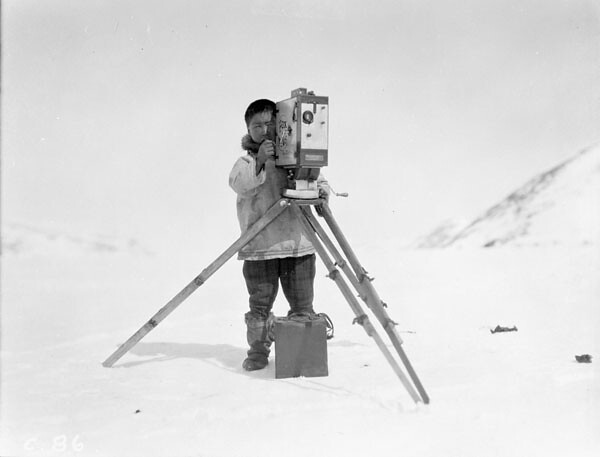
STUDENT SAMPLES
- Coming soon……
WHAT
- Select a scene in a film to copy
- Embed the 30 to 60-second scene into your Solo Film #1 Production Project blog post
- Research the film and the scene you chose
- Create and embed your version of the 30 to 60-second scene into your Solo Film #1 Production Project blog post
- Use any equipment you have; phone, Chromebook, etc.
- Edit with any free video editor you have access to iMovie, YouTube, phone, or our classWeVideo.com account
- Complete the blog post with the material listed in the HOW section below
WHY
- Learning film language by copying quality work is a great way to start to express yourself through visual and audio media
WHERE
- Your phone or Chromebook camera
- WeVideo.com or your own video editor
- Your Edublogs.org blog
HOW
- Copy and paste the Solo Film #1 Production Project TEMPLATE into yourEdublogs.org blog
- Inspiration
- Research a 60-second film scene you can access on YouTube
- Intention
- Write your Intention or SMART (Goal) for your film under the Intention (SMART Goal) heading
- Be specific: what do you hope the audience feels, learns, experiences, etc. by watching your film?
- Write a one-sentence SMART Goal with help from the example material below
- Use the SMART Goal Format Worksheet (PDF) for guidance in writing your actual one-sentence SMART Goal section of the Stretch Goal
- Mitchell’s modified example:
- “By April 30, as part of my film team, I will explore the film director’s skill pathway by following the Studio Binder Eye Tracing tutorial and will have created scenes that direct the audience’s eye from affinity to contrast, this will increase intensity over the six scenes of our April project.”
- Mitchell’s modified example:
- Mitchell’s SMART Goal broken down by element
- Remember we build our SMART goals backward: T R A M S – S M A R T
- T– Time (DATE): “By April 30
- R-Relevance (CLASS/TEAM X): as part of my film team, I will explore the film director’s skill pathway
- A-Attainable (TUTORIAL X) by following the Studio Binder Eye Tracing tutorial
- M-Measurable (MAKE/CREATE # of X): and will have created scenes that direct the audience’s eye from affinity to contrast, this will increase intensity over the six scenes
- S-Specific (PROJECT X): of our Session 5 project.”
- Write your Intention or SMART (Goal) for your film under the Intention (SMART Goal) heading
- PRE-PRODUCTION
- Select a scene in a film to copy from YouTube
- Embed the 30 to 60-second scene into your Solo Film #1 Production Project blog post
- Research the film and the scene you chose
- Who created the scene?
- Director?
- Film Company?
- Network TV or Streaming Service?
- What is important about the scene, the film, the TV show?
- Why is this scene important to the film or TV show episode?
- What is happening in the scene to further the bigger story?
- Who created the scene?
- Create a reverse storyboard of the scene on paper
- Fold a piece of paper in half 4 times to create a template for storyboarding like the sample below
- Review the sample scene from the show Mad Men
- Click the full version of the reverse storyboard of the Mad Men scene
- Take a picture of your storyboard
- Upload and embed your picture under the Reverse Storyboard of Film Clip heading
- Fold a piece of paper in half 4 times to create a template for storyboarding like the sample below
- PRODUCTION
- Create your version of the 30 to 60-second scene into your Solo Film #1 Production Project blog post
- Use any equipment you have; phone, Chromebook, etc.
- Edit with our class WeVideo.com account
- WeVideo Tutorials
- Export your film from WeVideo
- Save the exported file to your Google Drive
- Make sure your share the Google Drive file publically
- Place a link under the Student Copy of Film Clip heading
- Create your version of the 30 to 60-second scene into your Solo Film #1 Production Project blog post
- POST-PRODUCTION
- Share your work with the class and receive feedback
- Under the Reactions to the Final Version heading…
- Write a few questions for the audience to consider
- What feedback do you want from the audience to help you improve your skills?
- After you receive this feedback, add it to your post
- Cite the sources with their first name only
- Write a few questions for the audience to consider
- Finish the rest of the post
- Make sure your blog post is published publically
- Have someone edit your post with the Solo Film #1 Production Project Feedback Form (PDF)
- Make any necessary changes
- Turn in your Solo Film #1 Production Project Feedback Form (PDF) to Mr. Le Duc
RESOURCES
- Getting started with Your Blog
- SMART Goal Format Worksheet (PDF)
- Solo Film #1 Production Project (Analysis) TEMPLATE
- Solo Film #1 Production Project (Analysis) Feedback Form (PDF)
- WeVideo.com
- WeVideo Tutorials
Short Films
